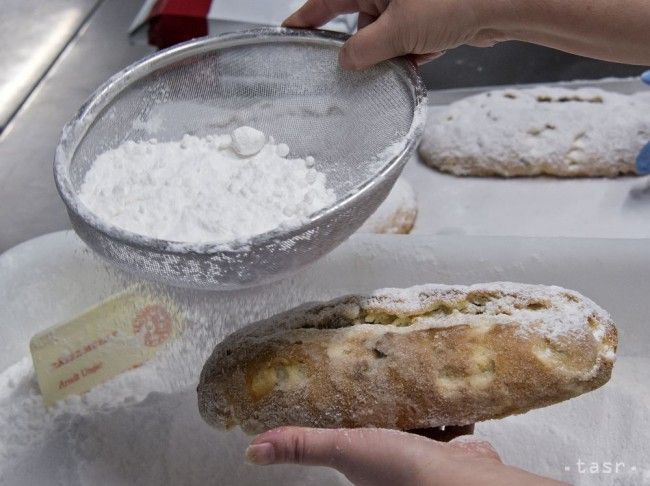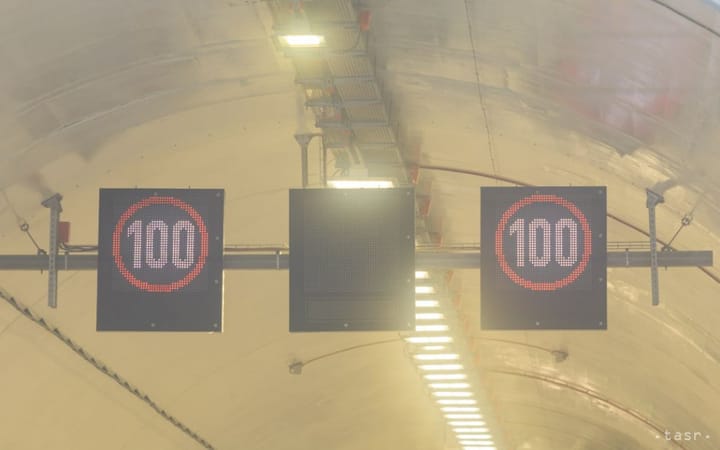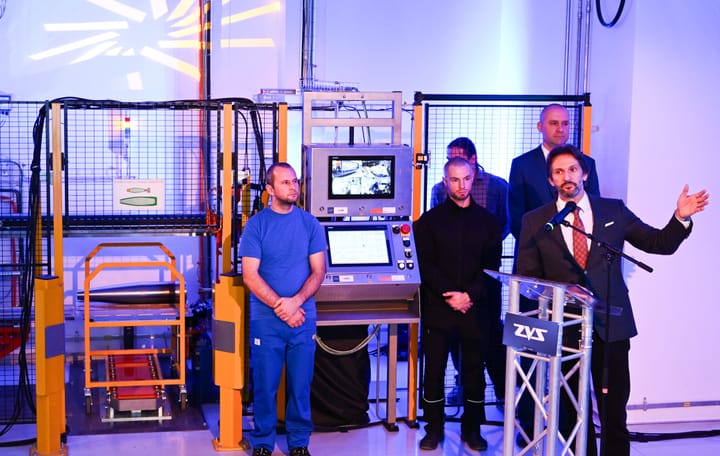Inflation in February Mainly Driven Up by Prices of Foodstuffs

Bratislava, March 14 (TASR) – The rise in consumer prices in February was mainly propelled by an increase in the prices of foodstuffs, with an increase in the prices of used vehicles also at play, said analysts on Tuesday in response to the pick-up in inflation in February.
Consumer prices increased by 1.2 percent year-on-year in February, thus posting the highest inflation rate since August 2013 and exceeding the expectations of Slovakia’s central bank (NBS).
“The market had expectations for only a mild increase in the inflation rate. Unlike in previous years, inflation no longer adds to growth in real household incomes. Quite the opposite, it begins to eat into incomes. Having said that, we don’t foresee further acceleration in inflation, and it shouldn’t dampen household consumption excessively,” said UniCredit Bank Czech Republic and Slovakia analyst Lubomir Korsnak.
“Consumer prices in February were above expectations, with annual growth mainly driven by prices in transport, health care and by the prices of foodstuffs and alcohol-free beverages,” said Slovenska sporitelna analyst Katarina Muchova.
The base effect from last year was also at play in February. “As regards groceries, the effect of lower VAT on selected groceries petered out, and the prices of foodstuffs began to come more in sync with the prices of food commodities on world markets,” said Muchova.
The stats office is yet to revise its figures regarding energy and water prices in January. Once those are factored in, an increase in inflation by one or two tenths of a percentage point is to be expected, both in the form of higher prices in March or in a revision of figures for January,” said Korsnak.
Meanwhile, according to NBS, demand-pull inflation also gathered some momentum in February. “Net demand-pull inflation excluding fuels picked up pace, especially driven by the prices of used cars,” said NBS.
Regarding the outlook for the whole of 2017, the analysts concurred that this year’s inflation should exceed last year’s rate – but still fall short of the European Central Bank’s target rate of 2 percent. Muchova said that Slovenska sporitelna isn’t adjusting its forecast of 1 percent for the time being, but some risks are tilted to the upside.



